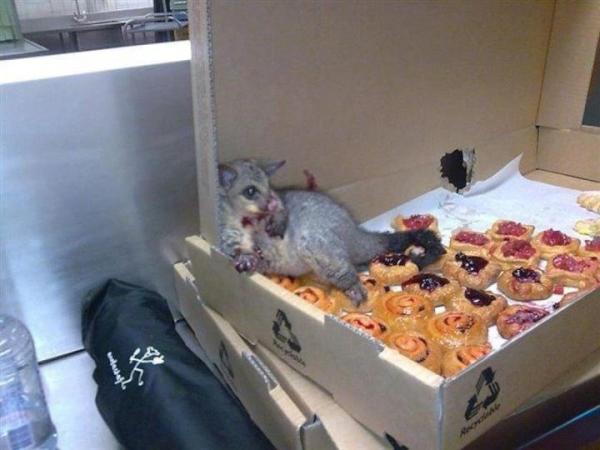The five most viewed stories of the year.
Oil Companies Soon to Promote Plastic Diet
Oil companies are facing a global slowdown in the demand for oil based fuels. In response they are ramping up their production of oil based chemicals. A significant factor in this ramp up are the petroleum based chemicals used in the production of plastics.
"Are You Going to Close the Beaches?"
There are daily warnings that climate change is bringing on a new reality. Yesterday, the state of Mississippi demonstrated that new reality when it closed down the two beaches in the state that had remained open when the other 19 state beaches were closed over the last two weeks.
Ignorance is Winning
 |
BBC
|
“We’re living in very strange times. The idea of being popular for being outrageous is coming from the leadership.” Marcelo Gleiser, a Brazilian professor of physics and astronomy at Dartmouth College in the United States
The president of Brazil surrounds himself with ignorant advisors so is it any wonder that in a country with a poor educational system and so much willful ignorance in its leadership that 7% of the population believes the earth is flat. That any percentage of any population is so willing to throw away thousands of years of scientific understanding is frightening. It is a trend that illuminates the rise of men like Bolsonaro and Donald Trump. Ignorance is winning.
Backyard Tigers
 |
It is difficult to determine why anyone would keep a tiger in their suburban backyard, but the tragedy is that there are more captive tigers in American backyards and seedy roadside zoos than there are in the wild globally. Some of these pets are treated with the same care and love as any family pet, but many more are locked in cages or allowed to pad back in forth in converted dog runs for their exercise. These captives have less protection than their endangered cousins in the wild. A patchwork of state and local laws fail to protect them from horrible conditions, unscrupulous breeding practices and tragic neglect.
The Vaquitas' Last Summer |
University of St Andrews/PA
|

































